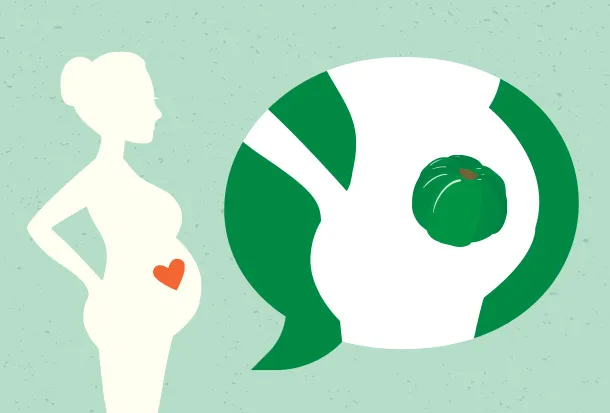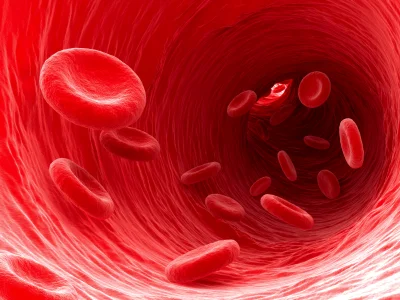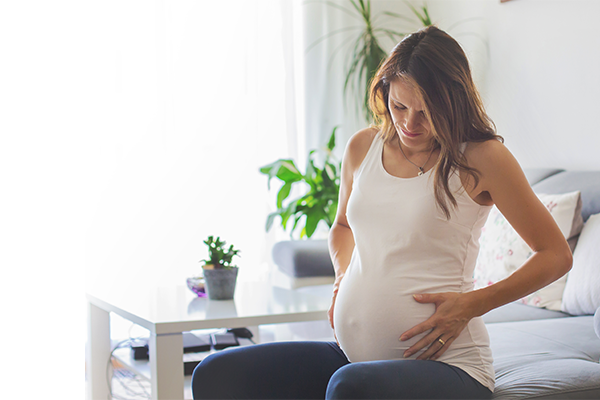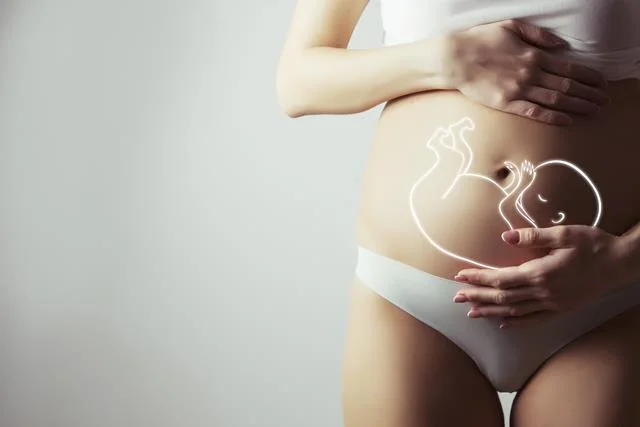The 26th week of pregnancy marks the end of the sixth month of pregnancy. This is the time when a lot happens for both the mother and the baby. From this point on, nutrition and light physical activity become extremely important.
The 26th week of pregnancy is the 6th month of pregnancy – there are only 3 months left until birth. During this period, intensive ossification processes take place, the baby’s skeleton takes its final shape and needs a lot of calcium. In the 26th week of pregnancy, the baby’s weight approaches 1 kilogram. The mother’s weight must also be within the normal range. Maintaining a proper body weight ensures a healthy heart and avoiding the risk of developing diseases such as gestational diabetes. The end of the second trimester is also a good time to write down all the ideas about your birth, that is, to create a so-called birth plan.
The belly at 26 weeks of pregnancy
At the end of the second trimester is very difficult to hide the pregnancy, because the abdomen is strongly rounded and the skin on it is tight. During this period, on its surface can appear unsightly stretch marks, which are the proverbial curse of every expectant mother.However, they can be effectively eliminated by appropriate care – oils or special creams, provided that they are used regularly.
In the 26th week of pregnancy, the weight of the mother should not be significantly different from her weight in the first months. It is acceptable to gain a few kilograms, but if the future mother gains a dozen or more, it is a worrying signal. First, it may indicate hormonal imbalances, such as hypothyroidism. Second, weight gain this severe may be related to heart or back problems, among other things. Although it is hard to believe, in the 6th month of pregnancy the future mother begins to produce food called colostrum. The pregnant woman increasingly feels the previously troublesome back pain, calf cramps and fatigue. Rest in combination with light physical activity such as walking is therefore very important during this period. You should refrain from stressful work tasks and heavy physical exertion.
Ultrasound examination at the 26th week of pregnancy
To see what the baby looks like in the 26th week of pregnancy, it is necessary to perform an ultrasound. At this time, the baby’s movements begin to slowly become coordinated, and all thanks to the dynamic psychomotor development. The baby slowly begins to open his eyes, which were previously closed. During the ultrasound examination, parents can see their offspring with fully developed legs and arms. The baby is then going through a period of intense lung development (the lungs produce surfactant, a surface factor that keeps the alveoli from sticking together) and its body is covered with protective fatty tissue. Sometimes during the examination, he can be seen sucking his thumb or even his toe. This not only develops the sucking reflex, but also trains the jaw muscles. The body length of a baby in the 6th month of pregnancy is about 35 centimeters. In the 26th week of pregnancy, the baby is able to recognize the voices of its caregivers and begins to respond to them.
What should not be ignored in the 26th week of pregnancy?
When a pregnant woman is struggling with uterine malformations, there is a risk of premature birth at the end of the second trimester. This is a very dangerous situation because the baby is not yet ready to be born. If the expectant mother experiences cramps during this period of pregnancy, often accompanied by pain, you should see your doctor as soon as possible. You should also be extremely careful with infections of any kind, especially fungal and bacterial infections.
In case of infection with Candida yeasts, there is a certain probability of rupture of the fetus’ bladder and subsequently premature birth. Pregnant women should keep in mind that they are particularly susceptible to infections due to their reduced immune system. At the first sign of inflammation, tests should be performed to determine the type of infection. Their results make it possible to assess the degree and type of pathogen that has attacked the body. Above all, treatment with so-called home remedies should be avoided, taking into account the well-being of the unborn child. Sometimes the use of medications that have not been discussed with the attending gynecologist can do more harm than good. During this time, the future mother should take care not only of herself, but especially of the baby growing in her womb.










